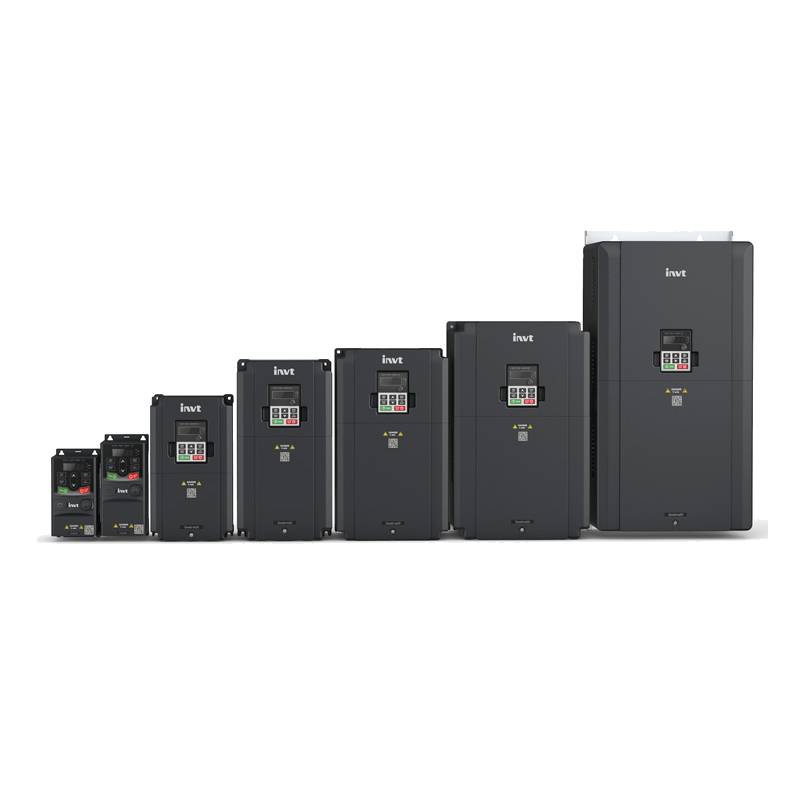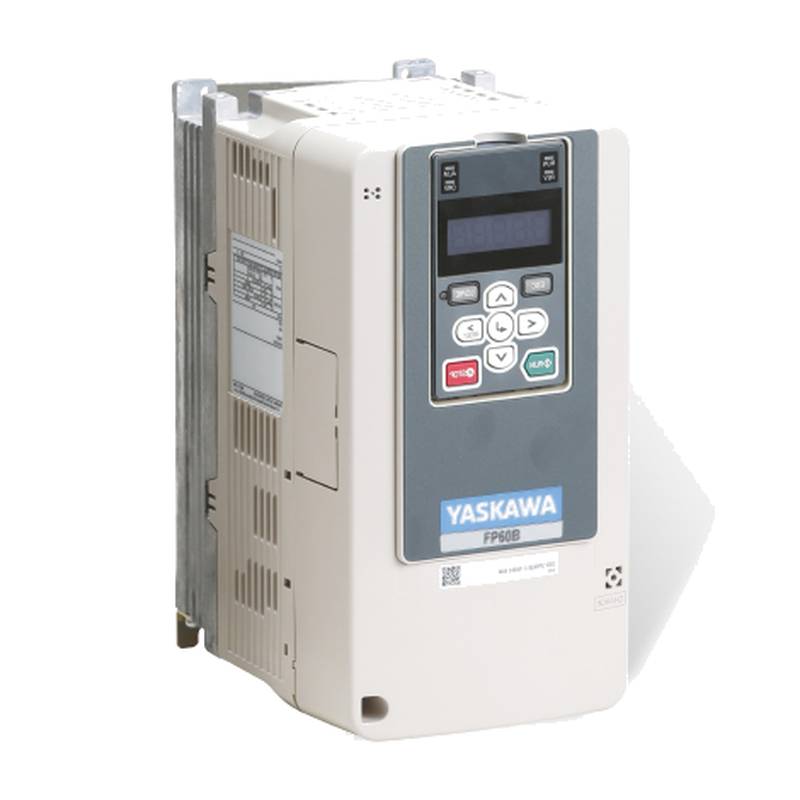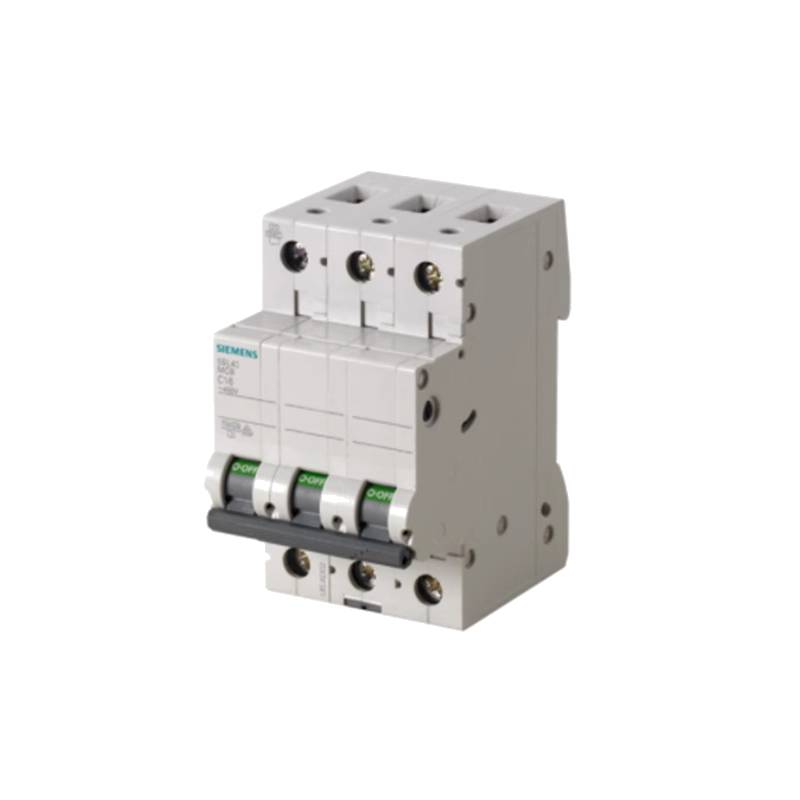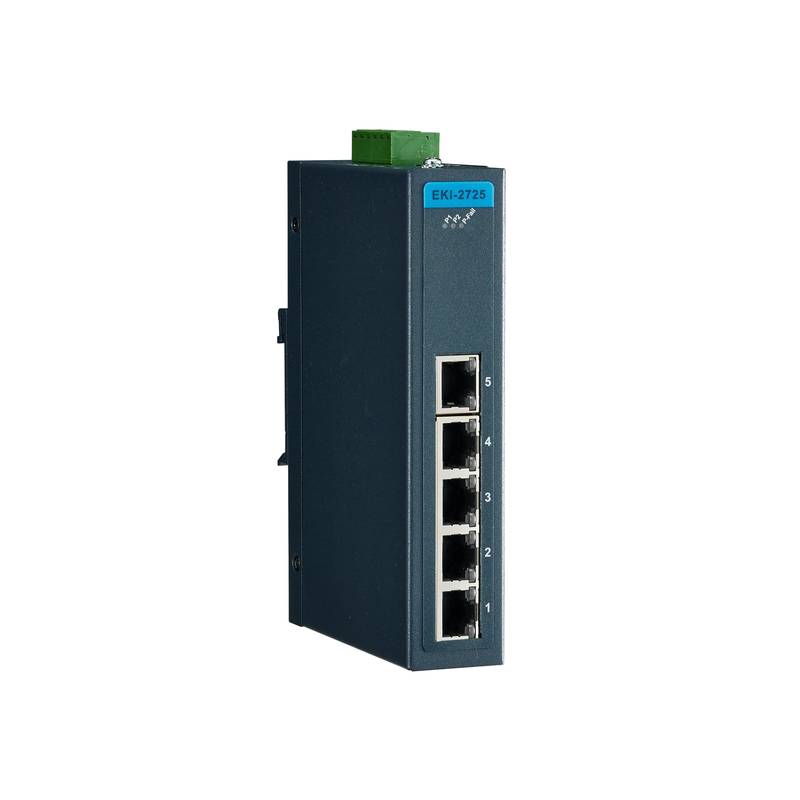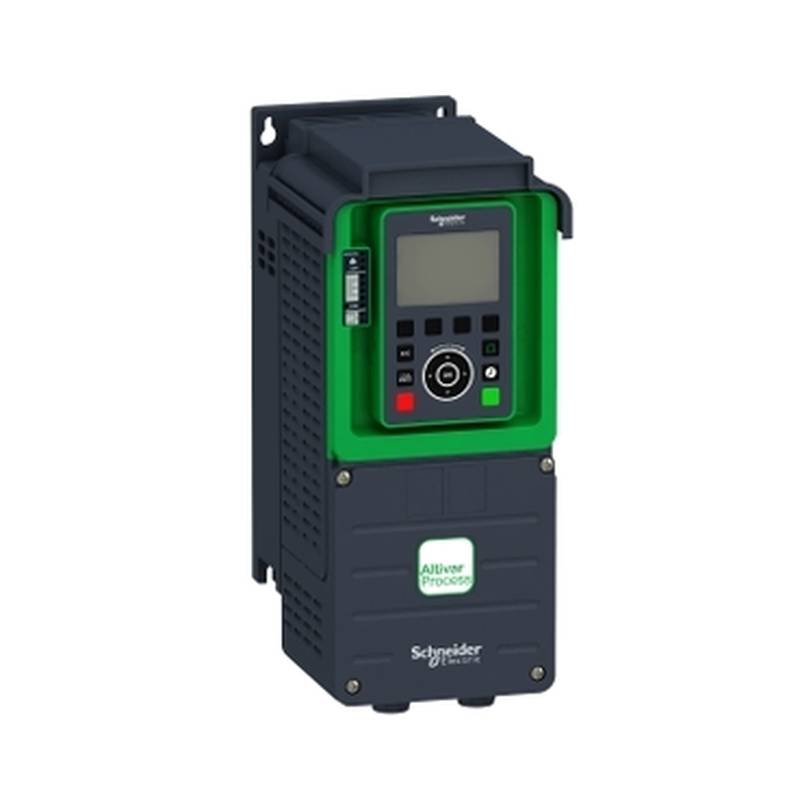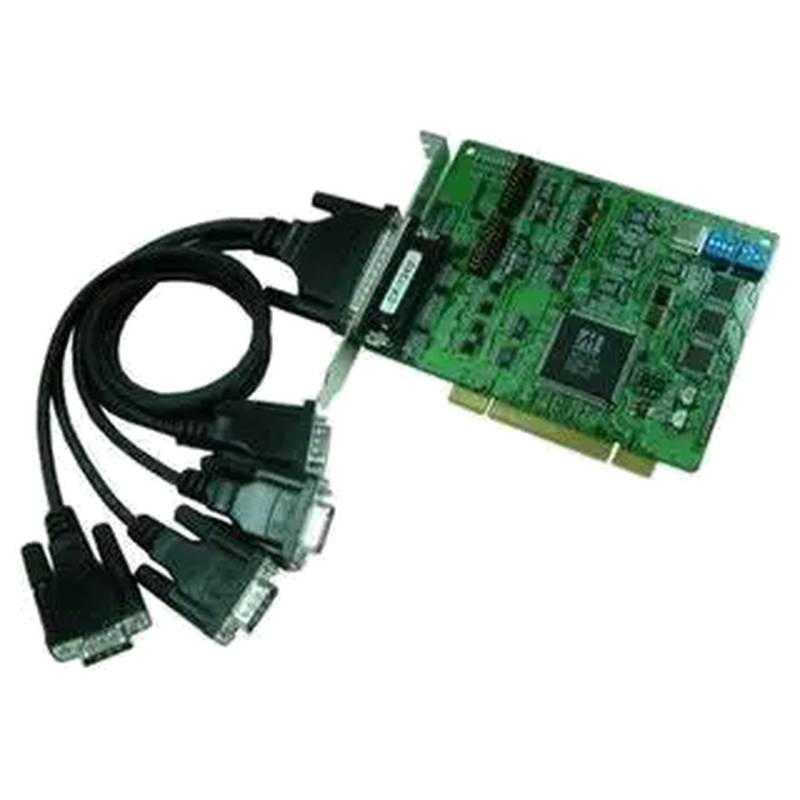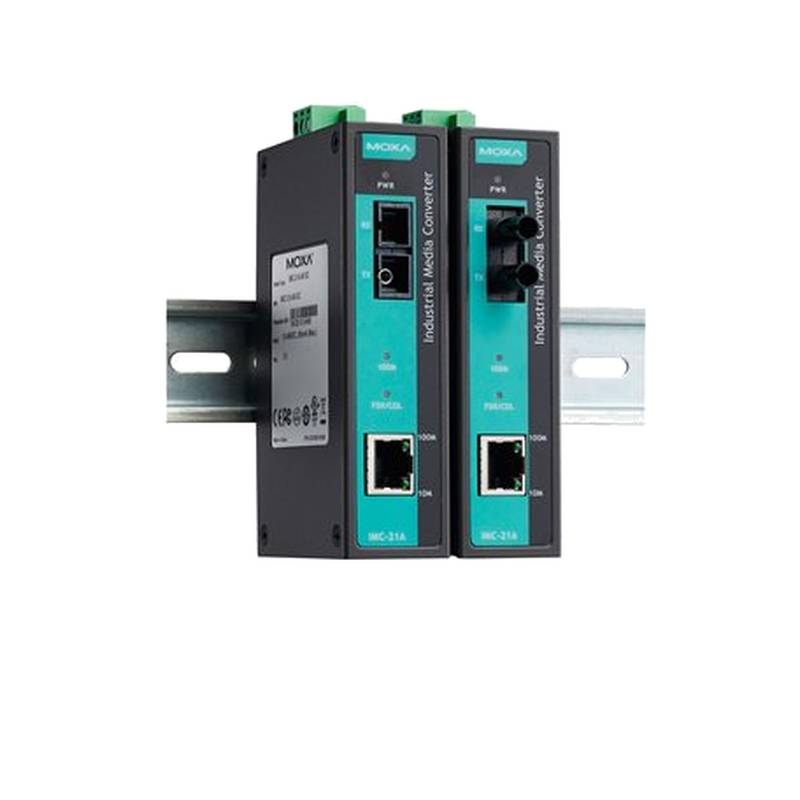
The INVT GD20-2R2G-4 VFD represents a robust and versatile Variable Frequency Drive designed for general machinery applications, offering a compelling blend of performance, reliability, and user-friendliness. Engineered for efficiency and precision control, this 2.2kW (3HP) VFD is a standout choice for industrial environments demanding consistent motor speed regulation. Its core advantages lie in its advanced control algorithms, comprehensive protection features, and straightforward integration capabilities, making it an ideal solution for a wide array of general machinery drives. Key technical parameters include an input voltage range of 380-440V (three-phase), an output current rating of 5.0A, and a frequency output of up to 400Hz, ensuring adaptability to diverse operational requirements.
Product Specifications
| Parameter | Specification |
| :-------------------- | :--------------------------------------------- |
| Model | GD20-2R2G-4 |
| Rated Power | 2.2 kW (3 HP) |
| Input Voltage | 380-440V AC (3-Phase) |
| Output Voltage | 380V AC (same as input) |
| Output Frequency | 0-400 Hz |
| Output Current | 5.0 A |
| Control Method | V/f Control, Vector Control (Sensorless) |
| Protection Features | Overcurrent, Overvoltage, Undervoltage, Overtemperature, Phase Loss, etc. |
| Mounting Type | Wall/Din Rail Mount |
| Communication Options | RS485 (Modbus) |
Core Features & Market Positioning
The INVT GD20-2R2G-4 VFD distinguishes itself in the competitive industrial drive market through its sophisticated control performance and durable design. Its integrated sensorless vector control offers superior motor speed and torque regulation, even under fluctuating load conditions, a critical advantage for machinery requiring precise operational consistency. The drive's compact footprint and robust heatsink design ensure reliable operation in demanding environments, minimizing downtime and maintenance. Furthermore, its intuitive user interface and parameter settings simplify commissioning and operation, positioning it as a high-value, performance-driven solution for small to medium-sized general machinery applications. This focus on delivering advanced functionality without compromising ease of use makes the GD20 series a preferred choice for system integrators and end-users alike.
Key Application Scenarios
This 2.2kW VFD is exceptionally well-suited for a broad spectrum of general machinery applications where precise motor control and energy efficiency are paramount. Its versatility makes it an excellent choice for pump and fan applications, optimizing flow rates and reducing energy consumption by matching motor speed to demand. It is also widely deployed in conveyors, mixers, extruders, and material handling equipment, providing smooth acceleration and deceleration, thereby reducing mechanical stress and improving product quality. The INVT GD20-2R2G-4 is particularly beneficial in scenarios requiring variable speed operation, such as in packaging machinery, textile production equipment, and woodworking tools, enhancing process flexibility and productivity.
Practical System Integration Guidance
Integrating the INVT GD20-2R2G-4 VFD into existing industrial systems is streamlined due to its standard communication protocols and straightforward wiring practices. For installation, ensure the VFD is mounted in a location with adequate ventilation, away from excessive dust, moisture, and electromagnetic interference, adhering to the specified ambient temperature limits. Power connections require careful attention to phase sequence for three-phase input power. Control terminal wiring for digital inputs, analog inputs (for speed reference or feedback), and relay outputs should follow the schematic provided in the user manual. Programming the VFD typically involves setting basic parameters such as motor nameplate data (voltage, frequency, current, pole count), acceleration/deceleration times, and desired speed references. For advanced control, configuring sensorless vector parameters and communication settings via the RS485 port (using Modbus RTU protocol) allows for seamless integration into SCADA or PLC systems.
Operation and Risk Mitigation
Operating the INVT GD20-2R2G-4 VFD requires adherence to safety protocols to mitigate potential risks. Always ensure power is completely disconnected and discharged before performing any wiring or maintenance. During operation, monitor motor temperature and VFD status via the display or communication interface. Common fault codes, such as E.OC (Overcurrent), E.OV (Overvoltage), E.UV (Undervoltage), and E.OT (Overtemperature), indicate specific issues that require prompt attention. Overcurrent faults often suggest an undersized VFD for the application, a motor issue, or rapid acceleration settings. Overtemperature warnings necessitate checking ventilation and ambient conditions. Understanding and responding correctly to these error codes, as detailed in the product's troubleshooting guide, is crucial for preventing equipment damage and ensuring safe, continuous operation.
Scalability & Long-Term Value
The INVT GD20-2R2G-4 VFD offers significant long-term value through its compatibility and integration capabilities. Its standard RS485 communication port with Modbus RTU support allows for easy integration into networked control systems, facilitating remote monitoring, diagnostics, and parameter adjustments. This IIoT-ready feature enables its inclusion in smart manufacturing initiatives and the Industrial Internet of Things (IIoT) ecosystem. While the GD20 series itself may not have direct "upgrade paths" in terms of module additions, INVT typically offers a range of VFDs with increasing power and advanced features, allowing for scalability by selecting a higher-capacity or more feature-rich model within the INVT product line for future projects or expanded requirements. Its robust build quality and comprehensive protection mechanisms contribute to a long operational lifespan, reducing total cost of ownership.
Frequently Asked Questions
What are the primary benefits of using the INVT GD20-2R2G-4 VFD?
This VFD enhances energy efficiency by precisely controlling motor speed, leading to significant power savings. It also provides superior motor protection, extending equipment lifespan and reducing maintenance costs. The drive offers precise speed and torque control, crucial for optimizing process performance.
The advanced sensorless vector control ensures smooth operation and high accuracy even with varying load demands. Its user-friendly interface simplifies setup and operational adjustments for various industrial machinery.
Its compact design and robust construction make it suitable for diverse environmental conditions common in general machinery applications. The integrated RS485 communication enables seamless integration into automated systems.
How do I wire the INVT GD20-2R2G-4 VFD for a standard three-phase motor?
Connect the incoming three-phase power supply (L1, L2, L3) to the VFD's input terminals (usually marked R, S, T or L1, L2, L3). Ensure the correct voltage (380-440V) is applied.
Wire the three-phase motor leads (U, V, W) to the VFD's output terminals (usually marked U, V, W or T1, T2, T3). Maintain consistent phase rotation for forward motor operation.
Connect control signals to the designated terminals for start/stop commands, speed references (analog or digital), and fault relays. Refer to the VFD's manual for specific terminal assignments.
What are common troubleshooting steps for an INVT GD20-2R2G-4 VFD fault code?
Identify the specific fault code displayed on the VFD's panel, such as E.OC for overcurrent or E.OT for overtemperature. Consult the VFD's user manual for a detailed explanation of the code and its potential causes.
Check for immediate environmental issues like excessive ambient temperature, blocked ventilation, or loose wiring connections that could trigger protection. Inspect the motor for mechanical issues like bearing problems or winding faults.
For overcurrent, verify motor load and ensure the VFD is appropriately sized. For overtemperature, confirm proper airflow and heatsink cleanliness. Reset the fault after addressing the root cause.
Can the INVT GD20-2R2G-4 VFD be used with single-phase motors?
No, the INVT GD20-2R2G-4 is specifically designed for three-phase motor applications. It requires a three-phase input power supply to operate correctly.
Using a single-phase motor with this VFD would require a phase converter or a different VFD model designed for single-phase input to three-phase output. Attempting to connect a single-phase motor directly will result in damage.
Always verify the motor's phase configuration and ensure it matches the VFD's input and output capabilities to avoid equipment failure and safety hazards.
What is the maximum output frequency of the INVT GD20-2R2G-4 VFD?
The INVT GD20-2R2G-4 VFD is capable of providing an output frequency up to 400 Hz. This high frequency range allows for applications requiring very high motor speeds.
This extended frequency capability is particularly useful in specialized machinery such as high-speed spindles in CNC machines or certain types of fans and pumps that operate at elevated RPMs.
Ensure that the motor connected is rated for operation at the desired output frequency and that the overall system is designed to handle the mechanical stresses associated with high-speed rotation.
How do I set up the speed control for the INVT GD20-2R2G-4 VFD?
You can set speed control using digital inputs for fixed speeds or an analog input for a variable speed reference (e.g., 0-10V or 4-20mA signal). Ensure the chosen speed control method is configured in the VFD's parameters.
For analog speed control, calibrate the input signal to match the desired speed range. For digital inputs, program the specific speed values associated with each input terminal.
Also, configure acceleration and deceleration times (parameters P0005 and P0006) to ensure smooth starts and stops, preventing mechanical shock to the driven equipment.
What communication protocol does the INVT GD20-2R2G-4 VFD support?
The INVT GD20-2R2G-4 VFD supports the Modbus RTU communication protocol. This is a widely adopted serial communication standard in industrial automation.
This protocol allows the VFD to be easily integrated into supervisory control and data acquisition (SCADA) systems or programmable logic controllers (PLCs) for remote monitoring and control.
Using Modbus RTU, you can read VFD status, monitor parameters like speed and current, and write control commands such as start, stop, and speed setpoints.
What is the output current rating of the INVT GD20-2R2G-4 VFD?
The INVT GD20-2R2G-4 VFD has a rated output current of 5.0 Amperes. This current rating determines the maximum motor size it can reliably drive.
It is essential to match the motor's full load current (FLC) to the VFD's output current rating. Typically, a VFD should be sized so its output current is at least 1.25 times the motor's FLC for continuous duty.
Ensure the motor nameplate data for current and power align with the VFD's specifications to prevent overload or underutilization of the drive's capabilities.
What types of motors can be driven by the INVT GD20-2R2G-4 VFD?
This VFD is designed to drive standard three-phase induction motors. It supports both voltage/frequency (V/f) control and sensorless vector control for enhanced performance.
The V/f control mode is suitable for general applications where precise torque control is not critical. Sensorless vector control provides better speed regulation and torque response, ideal for more demanding loads.
Always ensure the motor's voltage and frequency ratings are compatible with the VFD's output capabilities (e.g., 380-440V, up to 400Hz).
How can I protect the INVT GD20-2R2G-4 VFD from environmental factors?
Install the VFD in a clean, dry environment with adequate ventilation to prevent overheating. Avoid locations with excessive dust, humidity, corrosive gases, or direct sunlight.
Use appropriate cable glands and conduit to seal electrical connections, preventing ingress of moisture and contaminants. Ensure the mounting surface is stable and vibration-free to maintain electrical integrity.
Regularly inspect the VFD's heatsink for dust buildup and clean it as necessary. Monitor ambient temperature and ensure it remains within the VFD's operating specifications to prevent thermal shutdown.














